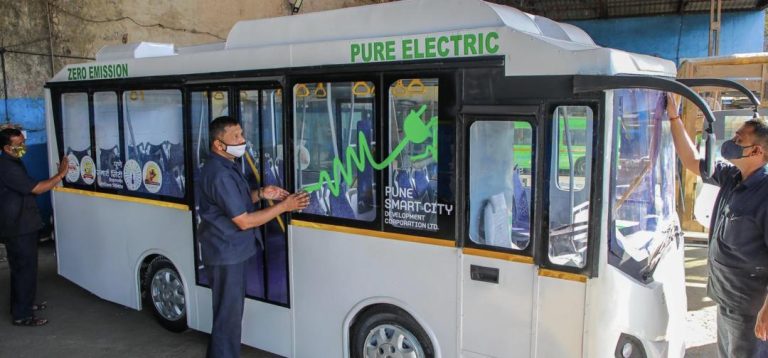
Electronics & Pharma Secure 70% of FY25 PLI Funds: Govt Data
The Production Linked Incentive (PLI) scheme, launched by the Indian government in 2021, has been a game-changer for the country’s manufacturing sector. The scheme aims to boost domestic production and reduce dependence on imports by offering incentives to companies that invest in and expand their manufacturing capabilities. Now, official data has revealed that the electronics and pharma sectors have been the top beneficiaries of the scheme, bagging a whopping 70% of the total funds disbursed in FY25.
According to the latest data released by the government, the electronics sector received a massive ₹5,732 crore, while the pharma sector received ₹2,328 crore, making them the top beneficiaries of the PLI scheme. This is a significant development, considering the scheme was initially rolled out for 14 key sectors, including textiles, auto, and pharmaceuticals, among others.
The PLI scheme has been designed to provide a competitive edge to Indian manufacturers, enabling them to compete with global players and increasing their market share. The scheme offers a financial incentive to eligible companies that meet the production targets and invest in their manufacturing infrastructure.
The electronics sector’s massive chunk of the PLI funds is not surprising, considering the country’s ambitious plans to become a global leader in the electronics manufacturing space. The government has been actively promoting the sector, offering various incentives and subsidies to attract investments and encourage companies to set up manufacturing facilities in India.
The pharma sector’s impressive performance is also a testament to the country’s growing reputation as a major pharmaceutical hub. India’s pharma industry has been a significant contributor to the country’s economy, and the PLI scheme has helped the sector further expand its capabilities and increase its exports.
Other sectors that have benefited from the PLI scheme include the auto sector, which received ₹1,334 crore, and the textiles sector, which received ₹744 crore. The IT hardware and toys sectors also received significant funding, with ₹544 crore and ₹444 crore, respectively.
The PLI scheme has been a major success story for the Indian government, which has been actively promoting the country as an attractive destination for foreign investment. The scheme has attracted significant investment, with companies like Foxconn, Samsung, and LG setting up manufacturing facilities in the country.
The success of the PLI scheme is also a testament to the government’s efforts to promote domestic manufacturing and reduce the country’s dependence on imports. The scheme has helped create jobs, increase exports, and boost the country’s economic growth.
In conclusion, the PLI scheme has been a major success story for the Indian government, with the electronics and pharma sectors emerging as the top beneficiaries. The scheme has attracted significant investment, created jobs, and boosted the country’s economic growth. As the government continues to promote the scheme and expand its scope, it is likely to play a key role in India’s growth story in the years to come.
Source:






